How To Upgrade Lighting For Multifamily Buildings
Whether your multifamily building is apartments, condos, or retirement homes, you’re probably facing a common problem: energy costs.
A lighting retrofit is a great way to decrease those electricity bills. Plus, with increasingly stringent building code, upgrading to LED might not be a choice for much longer.
Our goal is to make lighting easier, so we are offering you four steps on how to upgrade multifamily buildings.
1. Set your goals
Before you start any project, you need to set your final goal. A lighting retrofit is no different. Upgrading your lighting can be a big financial decision, and we want to make sure it’s one you’re comfortable with.
Here are some good questions to ask before you decide what your lighting retrofit should look like:
Is your primary goal energy efficiency?
What’s the biggest problem with your current lighting plan? موقع حقيقي لربح المال
What does your budget look like? Can you retrofit all of your lighting at once or do you need to start with smaller projects?
Once you have the answer to these questions, you can move on to Step 2.
2. Use the lighting pyramid
To explain how much energy your lighting is using, we like to use what we call the lighting pyramid. Here’s how it works. The type of lighting at the bottom of the pyramid uses the most amount of energy. The lighting at the top uses the least amount of energy.
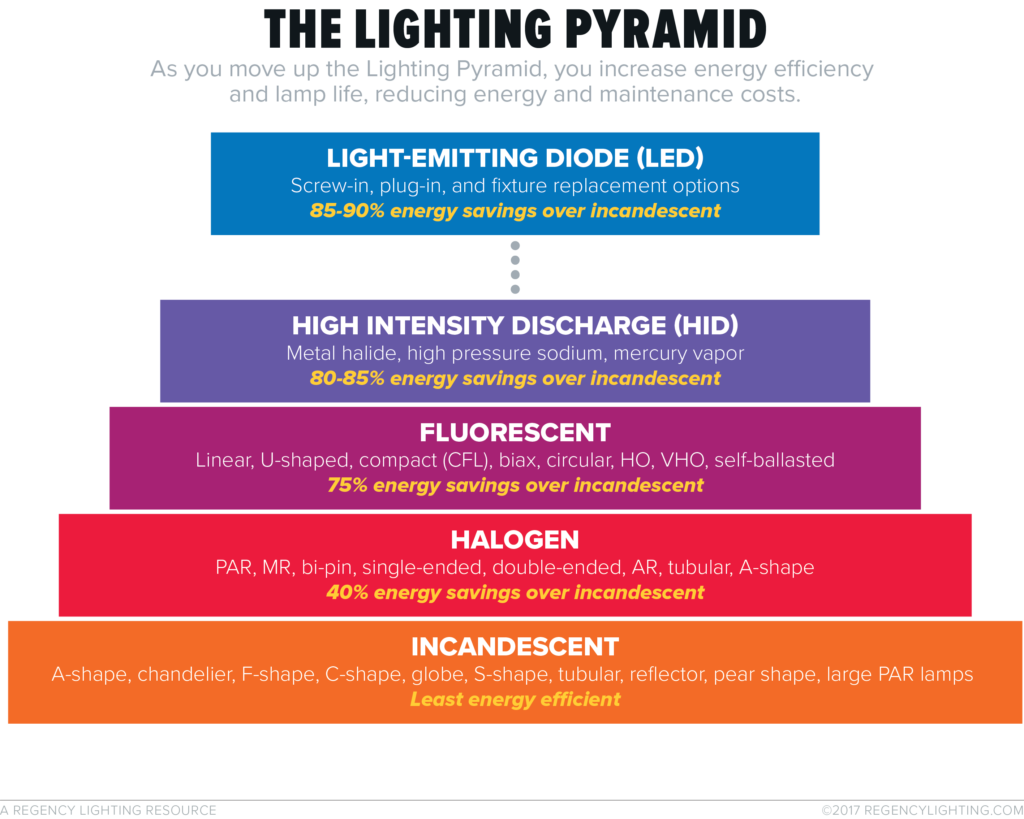
If you have a lot of incandescent light bulbs in apartments or condos, or in your lobby, consider replacing those with LED first. Then work your way up the pyramid.
By the way, did you know some states are banning incandescent light bulbs? You can check to see if your state is included here.
Or if you’re focusing on other ways to save energy, check out our blog on five strategies for multifamily buildings.
3. Focus on high-burn areas
You most likely have places on your property where lights are on at all times of the day.
Focusing on these areas that need to be well-lit at all times could be a good strategy for you:
- Parking garage or lot
- Stairwells
- Lobby
- Common areas
This is one of the strategies an Atlanta apartment building used to help achieve a payback in under six months. The initial interest was moving to more sustainable, energy-efficient lighting.
The end product was instant savings and more for years to come. You can read more about the solutions here.
4. Lighting controls
Adding lighting controls can help you save even more energy. The systems can be as simple or as complicated as you would like, and they may even be required in some jurisdictions. بينجو العاب
As a basic start, try installing occupancy sensors in laundry rooms and meeting rooms that will not be occupied all the time.
Benefits of a lighting retrofit for multifamily buildings
The benefits from a lighting retrofit will go beyond a lower electricity bill. Here are a few other bonuses:
Safety – Safety is a feeling that residents should get when they step on your property. It can also be a deciding factor to stay there or look for another place to call home. Pay attention to your parking garage or parking lots and exterior lighting to make sure safety standards are met.
Attracting new tenants – If you’re struggling to retain and attract tenants, a lighting upgrade can become one of your selling points. Your lighting will look great, but it will also be more sustainable and greener. لعب اون لاين
Quality of life – Quality lighting can also enhance quality of life. We recommend choosing lighting with a high CRI in areas like a business room, office, or common area.
If you have questions about your next lighting project, or any lighting challenges you’re trying to solve, please do not hesitate to contact us.

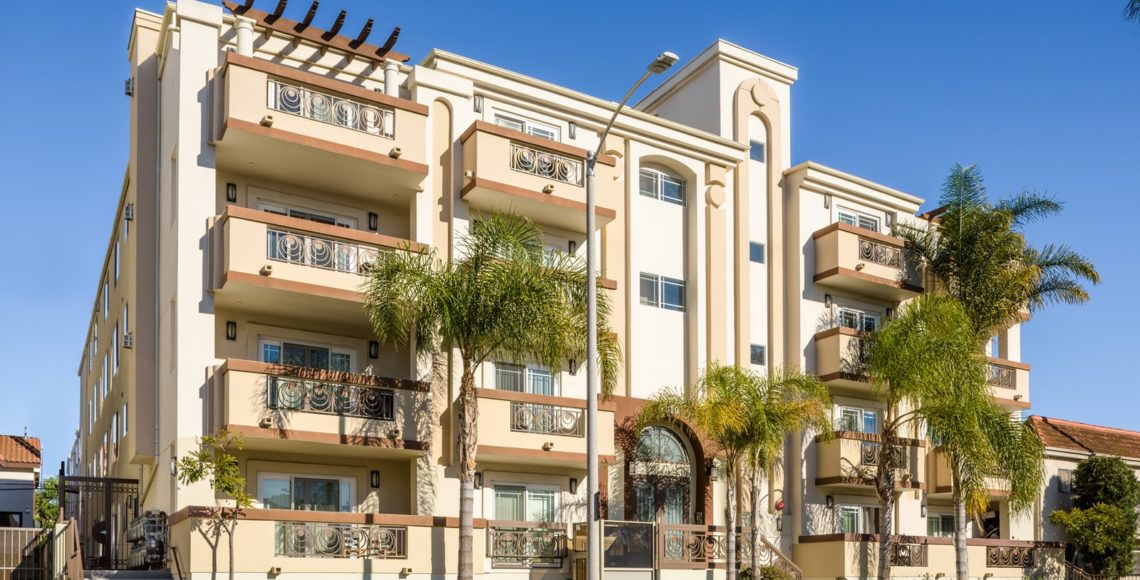
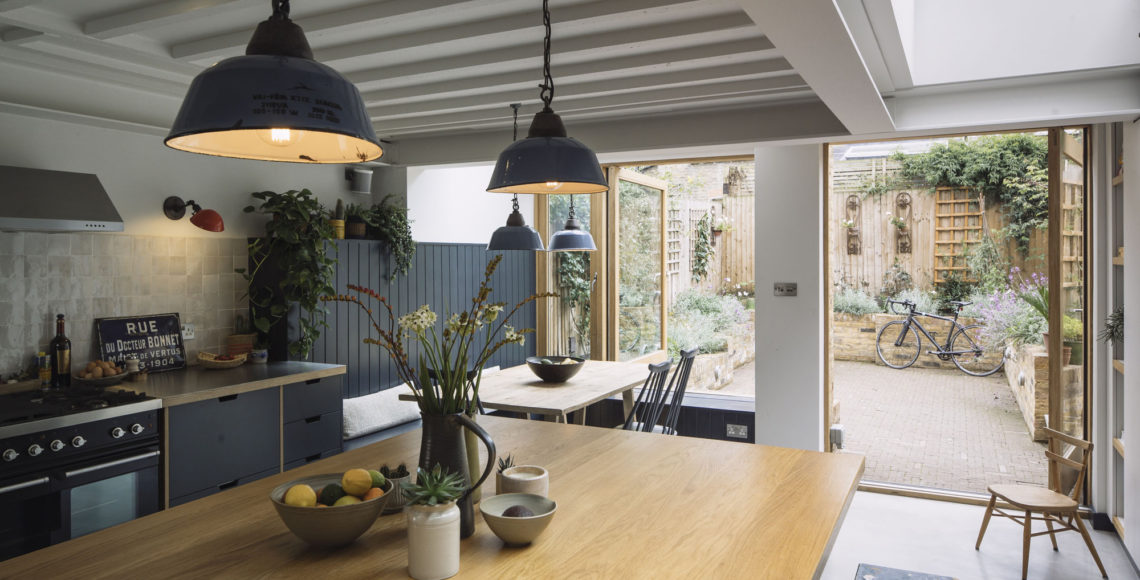
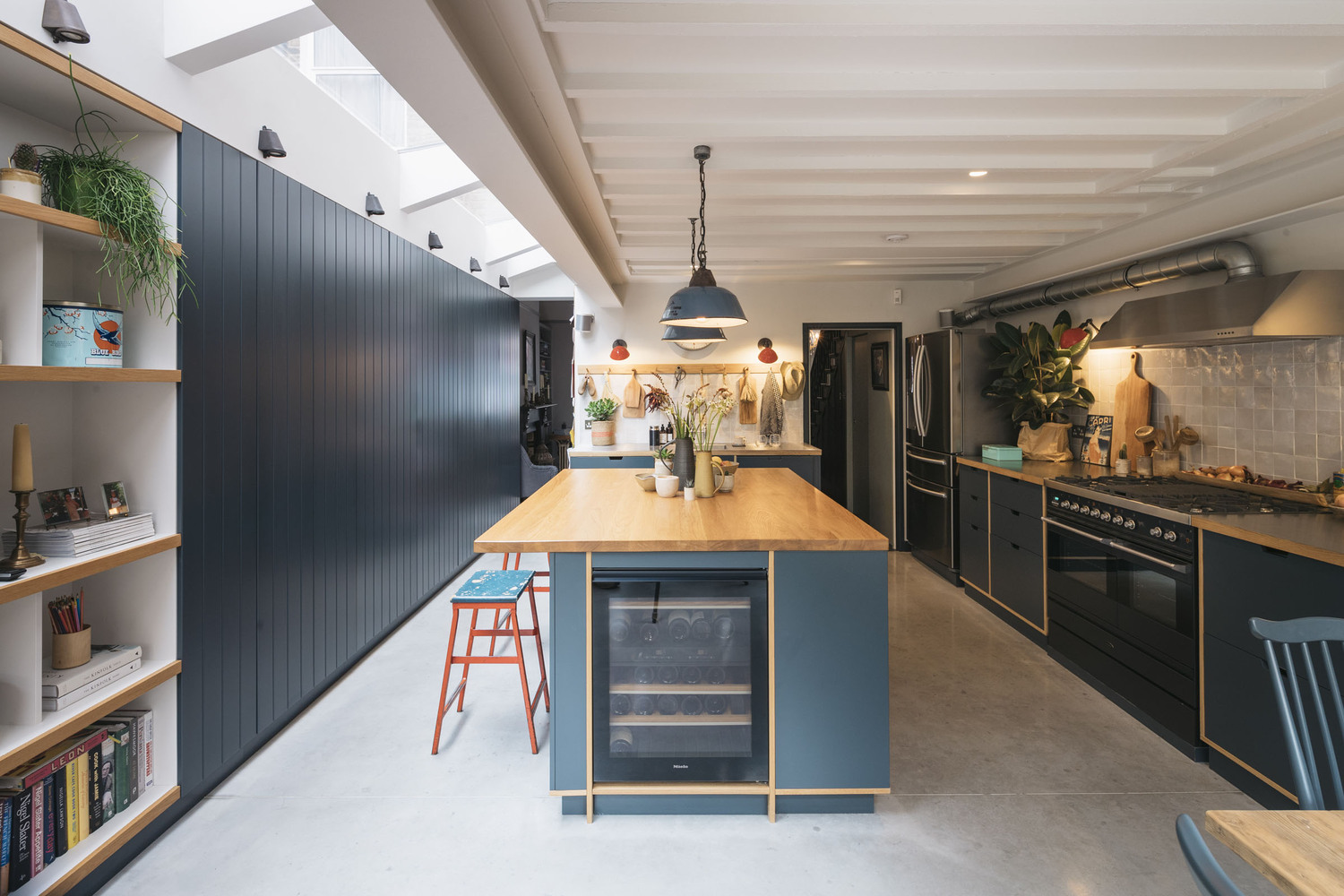
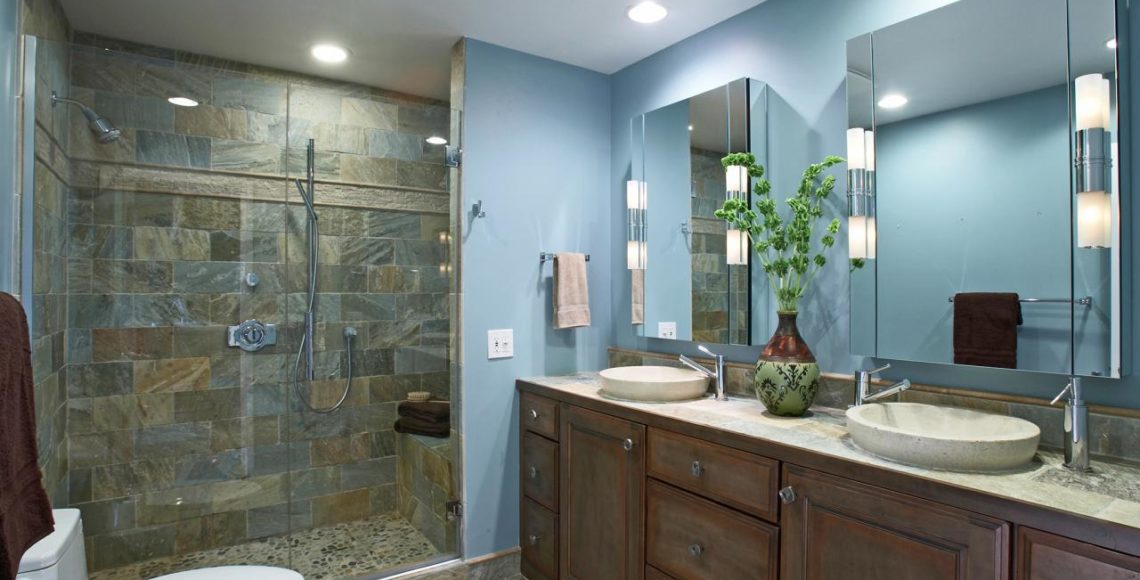
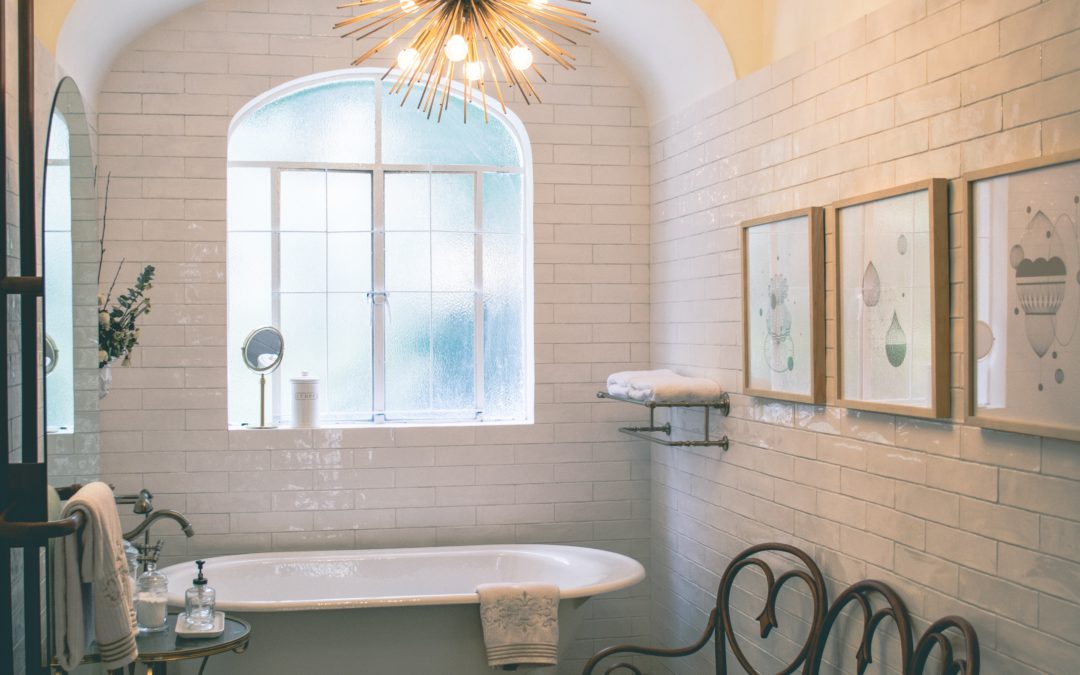
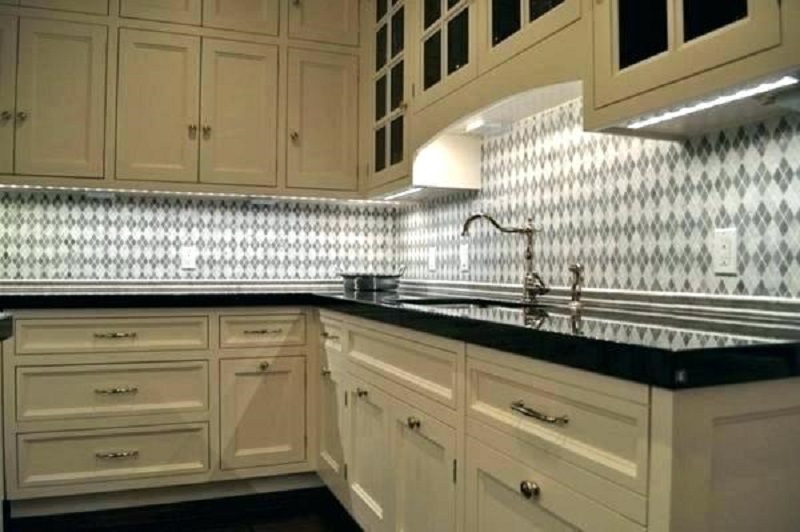

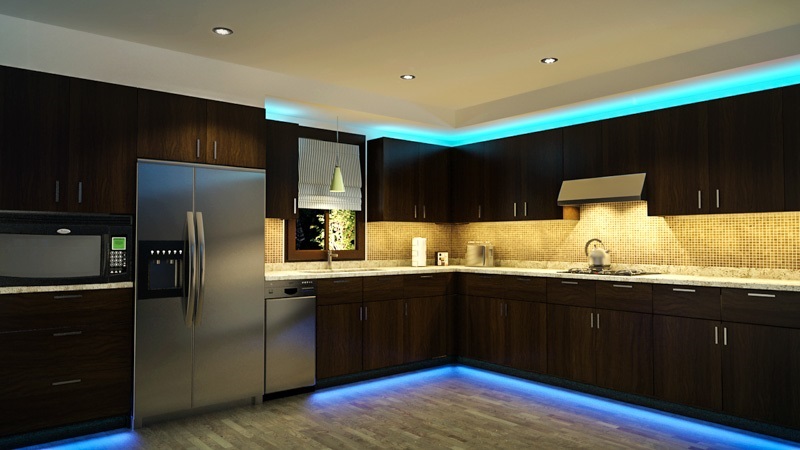
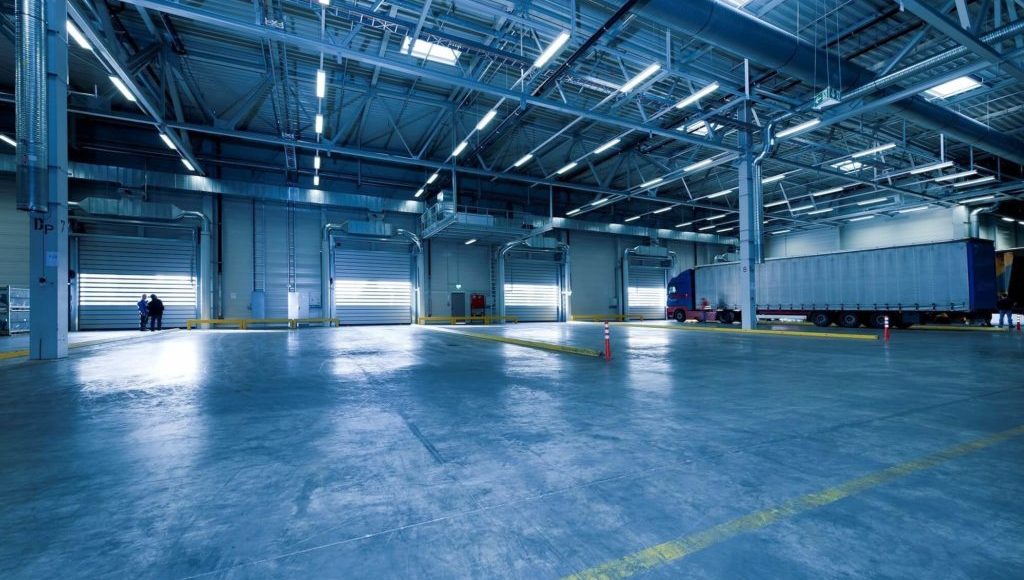
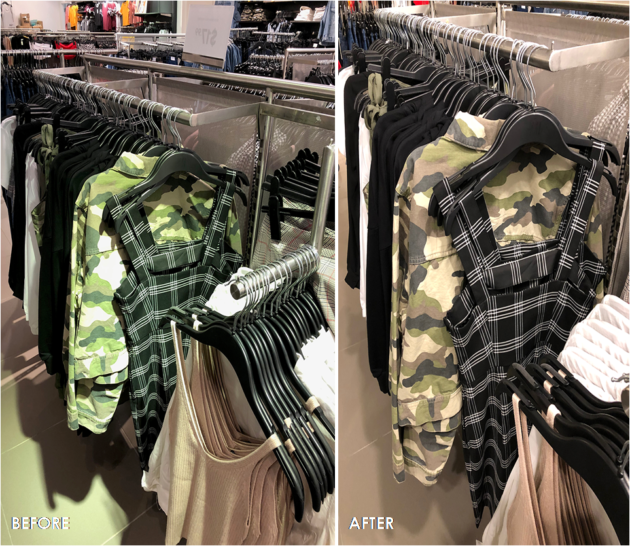
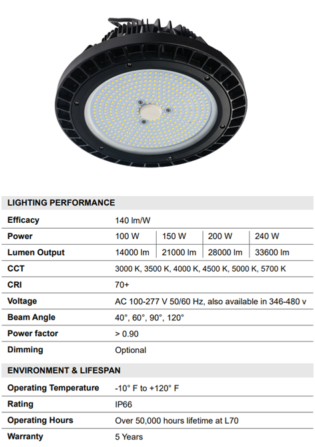 2. To make better choices, look at all the options together
2. To make better choices, look at all the options together
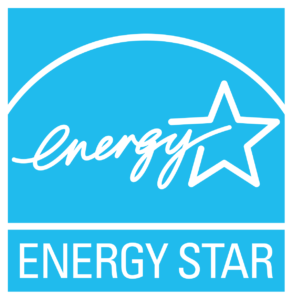 5. Capitalize on Energy Savings and Rebates
5. Capitalize on Energy Savings and Rebates